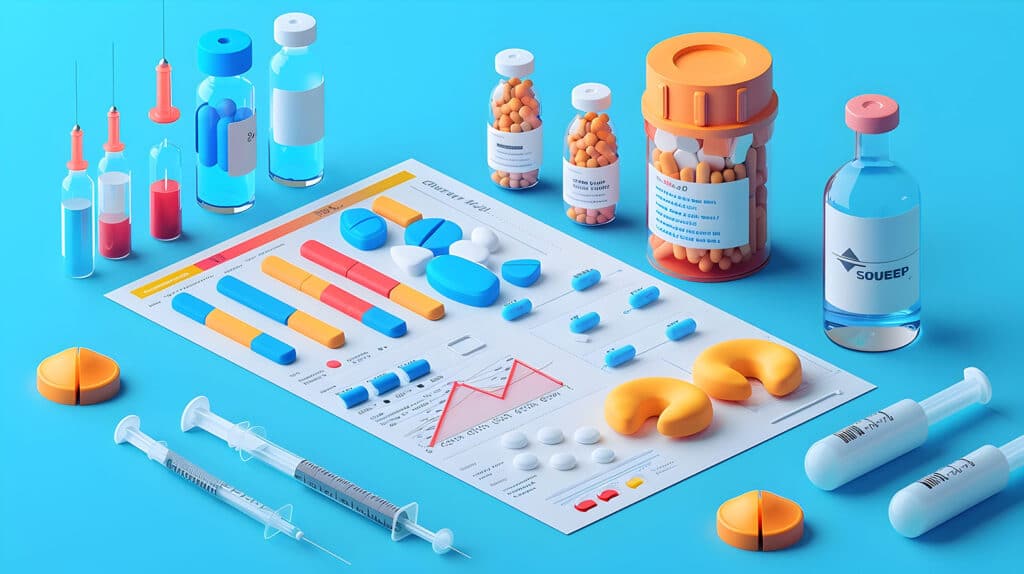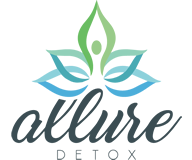In essence, drugs are substances that can alter your physical and mental state. They can influence the way you feel and act, as well as how your brain works.
From over-the-counter medicines to hard narcotics, drug types vary. We’ll be primarily talking about illicit drugs and their prevalence.
Drug abuse and addiction has been around for centuries. Nonetheless, modern drug abuse research can be traced back to the 60s. Ever since then, studies revolving around its effects have emerged.

In this article, we’ll be targeting recent statistics and facts about drug use in the U.S.
Table of Contents
10 Drug Facts You Should Know
Here are ten eye-opening statistics you should familiarize yourself with.
- Over 50% of people over the age of 12 have used illegal drugs at least once in their lifetime. 45.7% of them have used marijuana.
- Approximately 57.277 million people in the U.S. have used tobacco or nicotine products, such as vapes.
- 24.7% of individuals suffering from drug abuse struggle with opioid use disorder, which can include abusing heroin and prescription pain relief medication.
- People between the ages of 18 and 25 carry the highest rate of drug use, reaching over 39%.
- Illicit drug abuse is more common among school dropouts reaching 31.4% compared to non-dropouts at 18.2%.
- 2022 recorded over 107,941 deaths from drug-related overdoses. 70% of them were males. Synthetic opioids, like fentanyl, were one of the primary causes of these deaths.
- 5.9% of 12th graders have reportedly used prescription drugs for non-medical use in 2022.
- Those struggling with addiction and substance abuse are twice as likely to be diagnosed with a mental health disorder.
- Around 54.6 million people over the age of 12 required addiction treatment for substance abuse in 2022. A small 26% portion of them received the help necessary.
- Recovery from substance addiction is possible. Of the 29 million people experiencing substance abuse, 71% of them report that they’re on a path toward recovery.
The Dangers of Illicit Drugs
Illicit drug use poses numerous risk factors you must consider. Substances, such as methamphetamine, marijuana, and prescription medication can cause addiction and lead to misuse.
This danger is particularly critical in adolescents and young adults during their development stages. That said, drug misuse can cause damaging physical and mental effects.
Physical Health Dangers
Illicit drugs can alter major organs, including the heart and brain. For instance, cocaine can majorly disrupt brain activity.
The organ sends and receives signals through a network of neurons and neurotransmitters. Cocaine can trigger your brain’s neurons to send too many natural neurotransmitters, interfering with the communication between neurons.
Meanwhile, other drugs, like heroin and marijuana, can mimic neurotransmitters. Since they’re not natural neurotransmitters, they can send abnormal messages throughout your brain network.
As for your heart health, drugs like opiates, cannabis, methamphetamines, and cocaine can increase your chances of developing an irregular heartbeat by 35% to 86%.
Mental Health Dangers
Increased drug misuse can harm your mental health. Substances such as amphetamine, often termed crystal meth, can lead to anxiety and depression disorders.
While the drug’s short-term effects induce alertness, its long-term use can lead to a lack of sleep and the inability to relax.
In terms of other drugs, like benzodiazepines, they’re intended for anxiety patients since they cause a relaxing effect.
Prolonged use can bring about addiction from dependency. Once you become overly dependent on it, you’ll experience symptoms, like impaired thinking, memory loss, anxiety, depression, irritability, and paranoia.

Risk Factors of Drug Abuse
Some individuals are more likely to struggle with substance abuse than others. Here are some factors worth considering.
History of Abuse During Childhood
A family history of drug abuse is a likely risk factor leading to future substance use. Studies of treatment programs using methadone maintenance therapy found that individuals with families with a past of drug use exhibited more symptoms of opioid dependence.
Age
The stage you are in life can heavily influence your risk of developing drug abuse. For example, young people are at risk due to interpersonal trauma, or they might want to experience something new.
Meanwhile, older people aged between 26 and 64 are more likely to abuse substances due to the struggle of balancing a career with family commitments.
People in high-stress positions, such as lawyers, medical professionals, and military personnel, are also more likely to suffer from drug abuse.
Peer Pressure
While peer pressure is one of the most common risk factors involved in substance abuse, this type of influence isn’t the primary cause of drug use.
Seeking these high-risk peer groups is the root cause of the abuse. In some cases, individuals may go to these groups to feel a sense of safety.
Alternatively, these groups could only influence you to smoke or drink alcohol, which is a gateway to using illicit drugs.
Co-Occurring Disorders
In several cases, substance abuse patients get dual diagnoses, which means they’re afflicted with drug addiction and a mental illness.
Over 7-10 million people in the U.S. have co-occurring disorders along with their substance abuse. These mental disorders can include anxiety, ADHD, depression, and anxiety.
Signs of Drug Abuse
If you suspect a loved one is struggling with substance abuse, you can monitor them for the following common indicators:
- Bloodshot eyes
- Sudden weight fluctuations
- A change of appetite
- Fluctuating sleeping patterns
- Deteriorating physical appearance (i.e. lack of personal grooming)
- Slurred speech
- Impaired coordination
- Poor performance at work or school
- Change of mood
- Irritability
- Involuntary eye movements
- Low blood pressure and slowed breathing
Key Terminology
Check out some key drug use terminology below:
- Stimulants: A substance that increases your body’s psychological and nervous activity. Subsequently, it makes you feel more alert and energized. Stimulants can include methamphetamines and cocaine.
- Depressants: Depressants are the opposite of stimulants. They slow your body down and are usually used to treat anxiety disorders. They relax your muscles and can make you feel sleepy. Some depressants include benzodiazepines and cannabis.
- Hallucinogens: These types of drugs typically make you see things that aren’t there, similar to LSD, MDMA, and other “club drugs.” They also alter your mood.
- Inhalants: These are drugs that are used through inhalation. They’re huffed or sniffed to produce a quick “high” effect. Examples of inhalants can include glue and gasoline.
- SAMHSA: The Substance Abuse and Mental Health Services Administration is a government entity focused on resourcing treatment programs and recovery assistance to the public.
Drug Abuse Prevention
Whether you’re years into your recovery plan or just taking your first steps, prevention is necessary.
You can avoid relapses by staying away from high-risk environments and situations, such as influential peer groups.
Additionally, we highly recommend maintaining clear communication channels with your treatment plan coordinator. Even if you fall back, you should always step back toward your path of recovery.
To Conclude
Drug addiction often comes with a damaging domino effect. For instance, if a breastfeeding or pregnant woman is suffering from addiction, it can lead to her baby experiencing withdrawal after being born.
Another common example arises from infections caused by injections. Over one in ten cases of HIV are caused by injection of drugs, according to the National Institute on Drug Abuse.
Overall, drug abuse has become a serious issue nationwide. Fortunately, government efforts have addressed the crisis through drug control policies and restraints.
Besides that, if you or a loved one is afflicted with a substance use disorder, don’t hesitate to receive help from us at Allure Detox, located in West Palm Beach.


